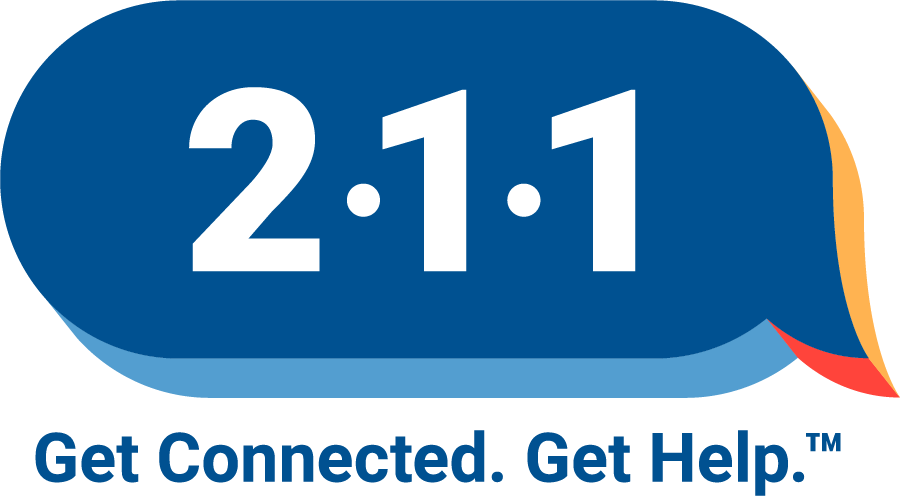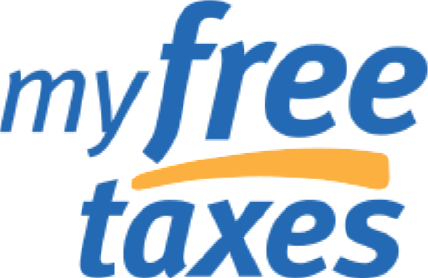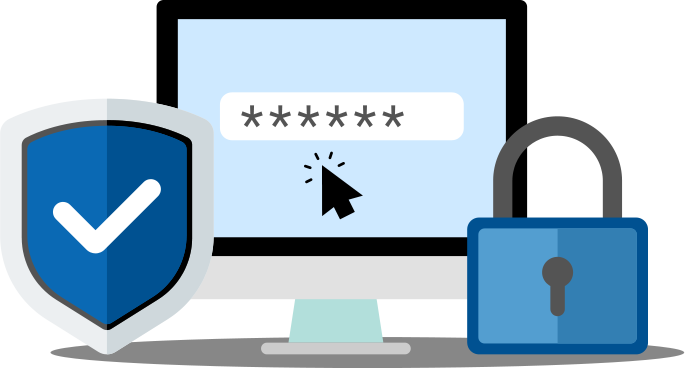2-1-1 California Is Seeking A New Director
Under the leadership of its Board of Directors, 2-1-1 California is seeking a new Director to conduct the day-to-day management of the fiscal, contractual, personnel and other activities related to 2-1-1 California. Responsibilities include developing a strategy for building and strengthening relationships with state and local public agencies and officials, foundations and other sources of support, integrate 2-1-1 service into official emergency and disaster preparedness, response and recovery efforts, and more. To learn more about this position, visit our posting on Idealist.org.




